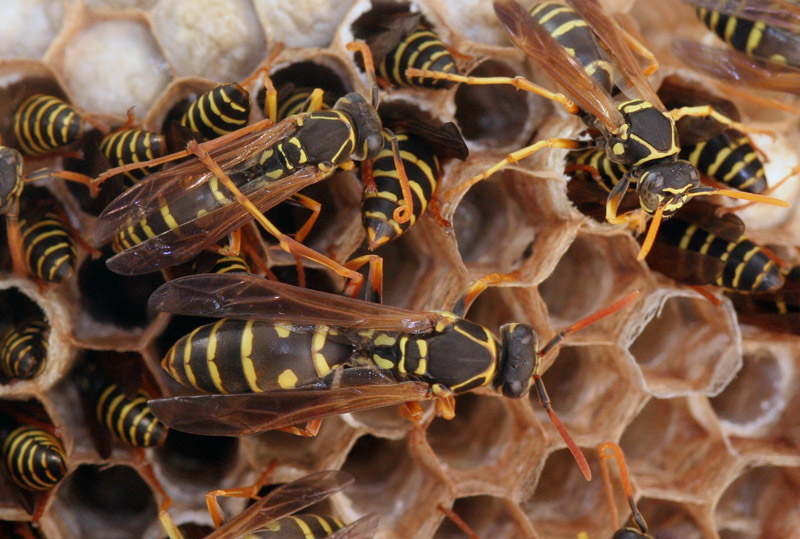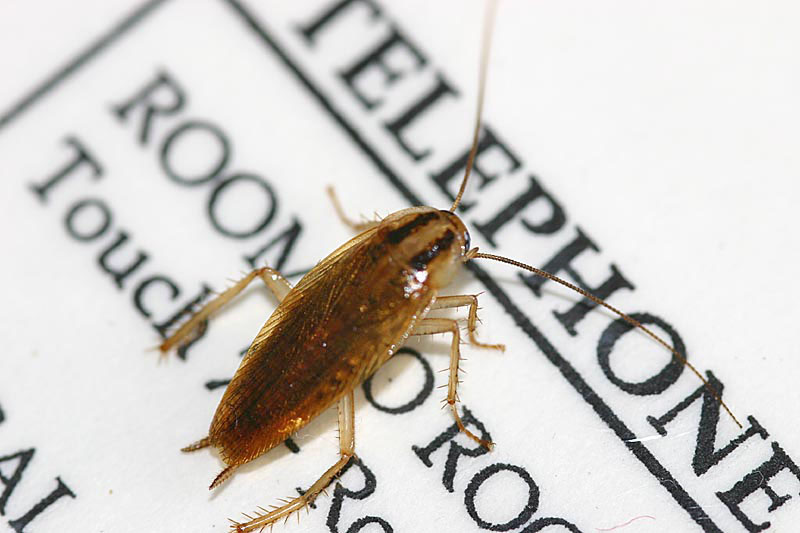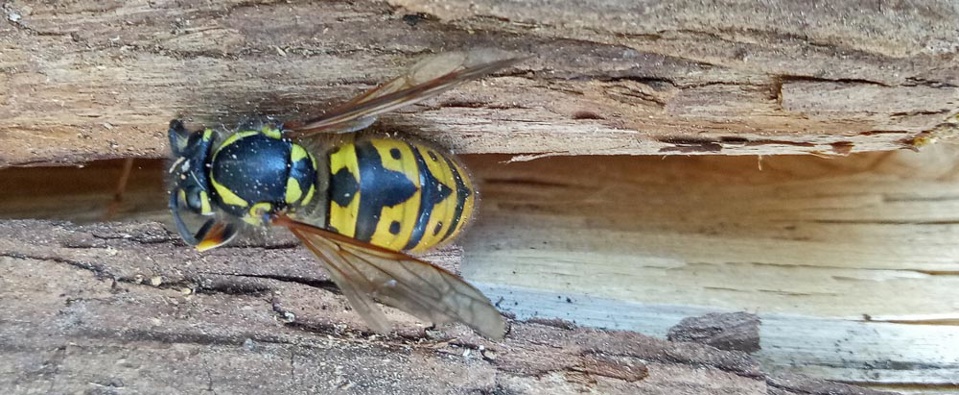One of the things that are bothering New Zealanders in the late summer and autumn days are wasps. There are a few species that really drive people mad:
The German wasp is just one of them; the Chinese paper wasp is another one.
They are quite different from each-other and easy to identify:
German wasps are stockily-built insects, mostly yellow with some black stripes and spots on their body;
The Chinese paper wasps are much more slender and often fly with dangling, long legs. Their bodies are mostly black with thin yellow stripes and spots.
There are other distinguishing features (such as nest shapes and sizes and where they prefer to build their nests.
But what they have in common is the fact that they have no sense of humour.
But this little segment is not about all these details at all… it is about their name, or should I say their names!
“German wasp” and “Chinese Paper wasp” are the common names (also known as vernacular names) of the species.
Their scientific names are, respectively: Vespula germanica and Polistes chinensis. And that makes total sense, because those names are the real Latin names that were given to these two wasp species by the authors who described them. The common names were derived from their Latin names.
So far, so good.

The Chinese paper wasp (P. chinensis) got its name because it hails from the China, Korea and Japan region on the planet
But the German wasp (V. germanica) does not originate from just Germany at all! It originally lived right throughout Europe and Northern Africa and as far east as Ukraine and Moscow, right up to North India.
Yet the author of this wasp species (The Danish entomologist Johan Fabricius, a student of the famous Carl Linnaeus!) decided to call this pest Vespula germanica, the German wasp.
In the 18th Century it was not unusual to name an important human pests after the neighbours with whom you had the most quarrel or conflict and Germany was sometimes on the receiving end of these name-calling exercises… and that was even before the World Cup Soccer was invented!

The German cockroach (Blattella germanica) was a name conjured by Linnaeus himself; yet the species had nothing to do with Germany. It originally came from South East Asia or thereabouts and spread to busy Europe with the increase in trade and people movement.
Or it might have even come “out-of-Africa” with us… all those years ago!
Take your Radio, Podcasts and Music with you










